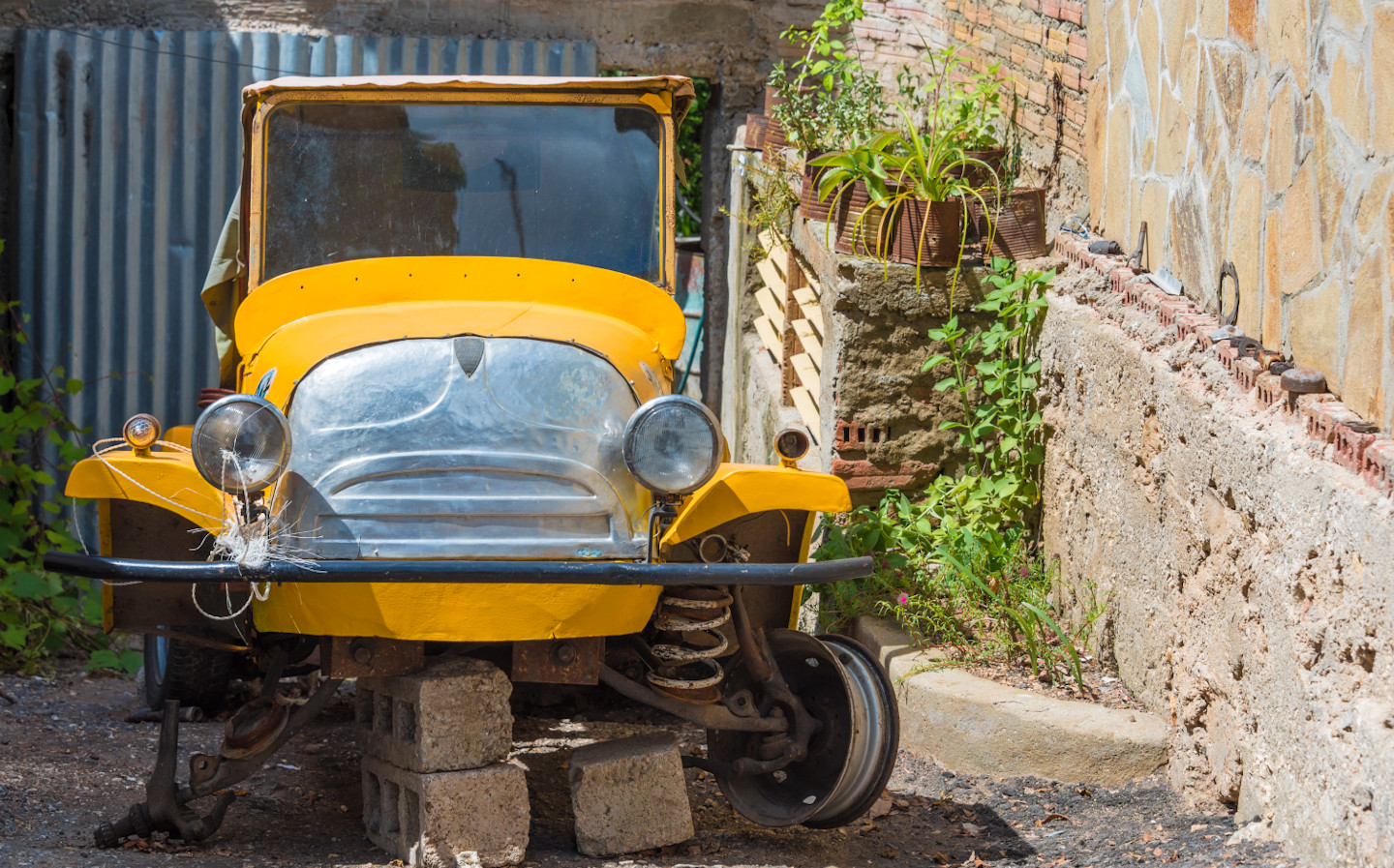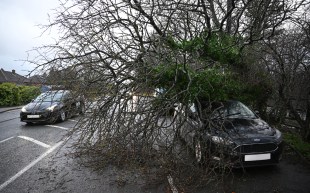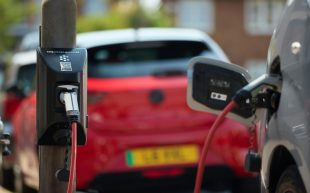How to take care of your car during the coronavirus lockdown
Do nothing, at your detriment
REASONS TO use your car during the Covid-19 lockdown are few and far between. If you’re not one of the 78% of the population not classed as a key worker, and either furloughed or working from home, your car is likely used only for weekly or biweekly trips to the supermarket. If you have two cars, one may not be used at all right now.
While it would be nice to assume you can leave your car on the driveway or in a garage collecting dust for a couple of months, then just give it a brush off and get back on the roads, things aren’t quite that simple. Cars still need to be maintained, even if they’re not being driven.
This is especially true now that the government has extended any MOTs due during the lockdown period by six months. Even though you may not have to take your car in for MOT over the next few months, you’re still expected to keep your car in a roadworthy condition, or risk a fine when you get back behind the wheel.
Experts gave Driving.co.uk some advice on how to keep your car in good health during the lockdown.
Run your engine
There are number of reasons to start up your engine regularly. Modern engines are hardier than older ones but no internal combustion engines was designed for five-minute trips to the shops once a week.
Ideally they need to be brought up to an ideal full operating temperature, and if you’re only popping to the local supermarket, yours is not getting to that. Engine oils are designed to have consistent viscosity at different temperatures but when cold, they’re thicker, so in simple terms an engine is healthier when it’s given a chance to warm up properly.
AA Cars CEO James Fairclough added: “It is important especially in the case of petrol engine cars to run for no less than 15 minutes to prevent the engine from flooding with fuel.”
Of course, you shouldn’t leave your car running unattended and you shouldn’t run a car engine inside a garage, as the fumes are toxic. Also, if your car has a central locking system without a senor to detect when the key is inside, don’t lock yourself out.
If you own an electric vehicle …
You will also need to run your petrol engine if you have a hybrid but, of course, but if you’re one of the increasing number of people who own an electric car (battery electric vehicles represented 4.6% of all new cars registered last month), it doesn’t have an internal combustion engine and the above does not apply.
However, don’t just leave it switched off; are a couple of specific things you should do.
Make sure it is not at a minimum charge level, as high-voltage lithium-ion batteries may refuse to accept a charge if left empty for extended periods. Check the owner’s manual but most advise that electric vehicles should be kept plugged in when not in use, and the car’s electronic control unit will look after the high voltage battery’s health.
Look after your 12v battery
A jump start is not how you want to start an essential journey, so keeping your 12v battery, which runs the electrical systems in your car, in good health is important.
The 12v battery will naturally run down over time if you’re not using it, so running the engine once a week should keep it topped up.
If you find the battery dies after a couple of days for whatever reason, a battery maintainer or “trickle” charger will keep it topped up. You can pick up one for less than £100 at any Halfords or other car maintenance store. They’re especially useful for tired batteries.
It should go without saying that you should make sure your headlights and other electrical features are off after you’ve switched off the ignition, but Vik Barodia, chief operating and product officer at heycar, had another tip on how to look for unnecessary drains on your battery: “Check the boot light and the glovebox light. Do this by using a smartphone by setting it to the video record setting and shutting it in the boot or the glovebox. If the light does not go out you may need to remove the bulb or switch it off.”
If you own an electric vehicle …
Fairclough said electric vehicle owners should “leave the car in ready mode for about 10 minutes once a week, which should keep the 12v battery topped up”.
He added: “You can do this by pressing the start button, which will operate the charging system. Some electric and plug-in hybrid vehicles can maintain their 12-volt batteries if they’re plugged into the mains charger, so you should check your vehicle handbook for details.”
Move the car a short distance
One of the dangers when a car has been parked up for a long period of time with the hand brake on is that the brakes can seize. “To prevent this, it’s good practice to release the parking brake and move the vehicle a short distance back and forth at the same time as running the engine,” said Fairclough.
He added that unless your vehicle is on private land with the wheels chocked, you shouldn’t leave the parking brake off.
Barodia said that if your car has ABS (anti-lock braking system), then you should make sure that the brake fluid has been changed in the last two years to prevent “internal corrosion from moisture absorbed by the fluid.”
Check fluid levels
Both experts said that you should top up your engine oil and coolant if needed. Fairclough also recommended keeping your fuel tank full. “This will prevent condensation forming inside, which could cause issues if allowed to build up over time,” he said.
“A full tank of fuel with no air also slows the rate at which the fuel degrades due to oxidation. Crucially, a full tank will ensure that if you do need to make an essential journey, your car is ready to go.”
Pump up your tyres
Barodia recommends, if you’re putting your car in storage, to over-pressurise the tyres by a few PSI as this will help prevent flat-spotting. Flat-spotting can occur when a tyre has been stationary under the weight of a car for a prolonged period of time. It means the area of the tyre in contact with the ground can become flat.
Fairclough reminds us to check tyre tread depth before hitting the roads after a long period with your car parked up. He recommended using the 20p coin test: “The band around the edge of a 20p coin is a little wider than the legal limit of 1.6mm, so you can use one for a quick and simple check. Stick the coin, edge on, into one of the tread grooves and look at it from the side. If the outer band on the coin is completely obscured then your tread’s above the legal limit. If you can see the outer band then your tread may be below the legal limit.”
Use your time for other vehicle checks
If you’ve got a specific issue with your car that you don’t feel comfortable dealing with yourself, then garages are still open and can carry out essential repairs.
Use the time that your car may be off the road to carry out any checks that the bustle of normal life might mean you don’t do as often as you should. Fairclough recommends checking your lights and windscreen for cracks, and your tyres for any scuffs and bumps.
Barodia recommends leaving one window open a crack if you’re storing it in a garage — enough so that the inside can ventilate, but not so much that you come back to your beloved car to discover a family of mice living in the passenger seat.
And, if you want to go even further, you can become one of the increasing number of people getting to know their cars a bit better. Car maintenance publisher Haynes has seen an uptick in their sales, and they do digital manuals, so you can get tinkering at the click of a button.
Tweet to @KieranAhuja Follow @KieranAhuja
Surge in sales of Haynes manuals as drivers DIY during coronavirus lockdown
Coronavirus is lowering car insurance premiums for young drivers





